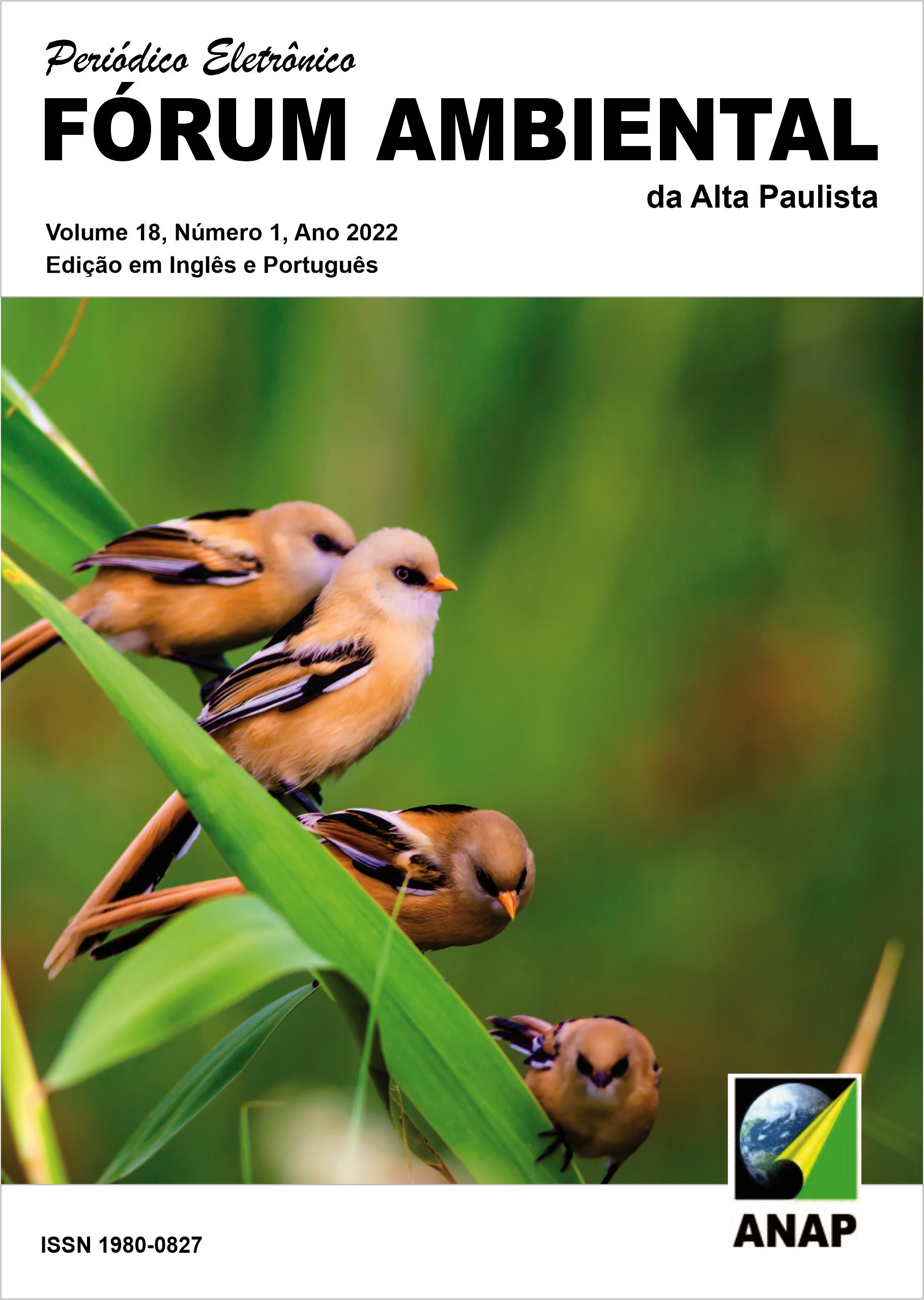Monitoring of highway impact on fauna as a component of management of a protected area in the Brazilian Atlantic Forest
DOI:
https://doi.org/10.17271/1980082718120223103Palavras-chave:
protected areas, highways, fauna, roadkill, fauna-vehicle collisionsResumo
Although being conceived with economical and social significance, building roads is a high impact mechanism of landscape fragmentation, in which the involved environmental factors are not fully considered. The SP-613 highway segments the forest and divides in half the 34000 ha of Morro do Diabo State Park (MDSP), representing the major source of disturbance to the protected area’s wildlife. A random monitoring was performed between 1989-1999 and counted 158 animals and 23 wild species killed in collisions with vehicles. Among these, 16% were endangered species. Data compiled between 2002 and 2010, following the same previous methodology, counted 46 dead animals and 15 species, indicating the geographic localizations of the collisions. A new stage of the monitoring was performed, with systematic data collection throughout two different periods: the first one with 197 days of monitoring and 56 days of sampling; the second one with 292 days of monitoring and 83 days of sampling. The species, sex, when possible, date, place and carcass conditions were registered, resulting in 29 individuals and 16 wild species. The three rounds of monitoring totaled 233 registered animals among 15 orders, 28 families and 33 impacted species. In this work, we revisit the data from the first two monitorings and present the analysis of the last survey, the most impacted species and the mortality rates after the adoption of measures aiming to diminish the fauna mortality along the highway.












